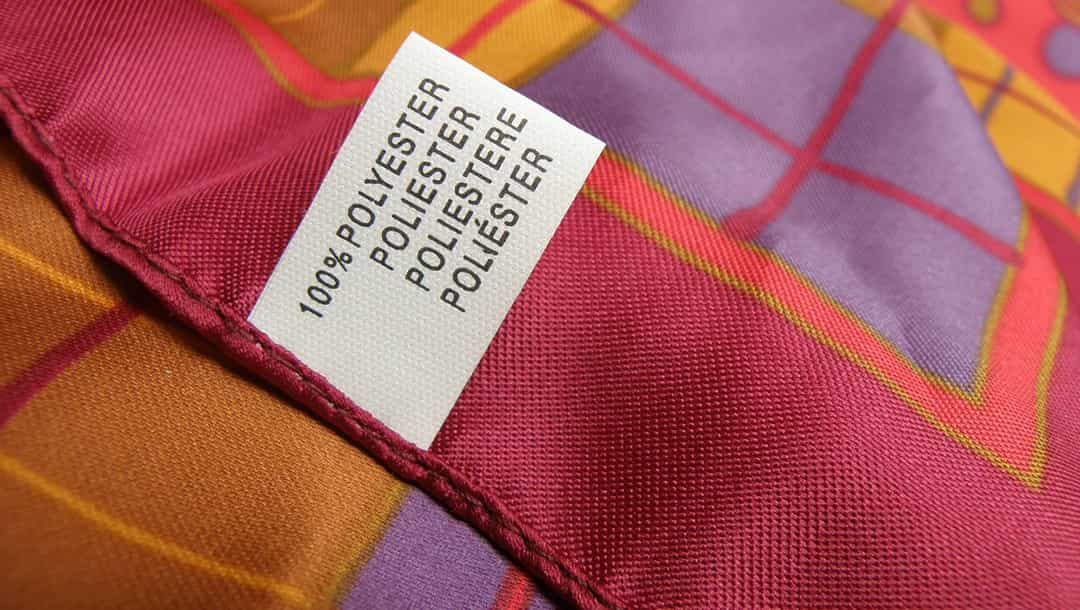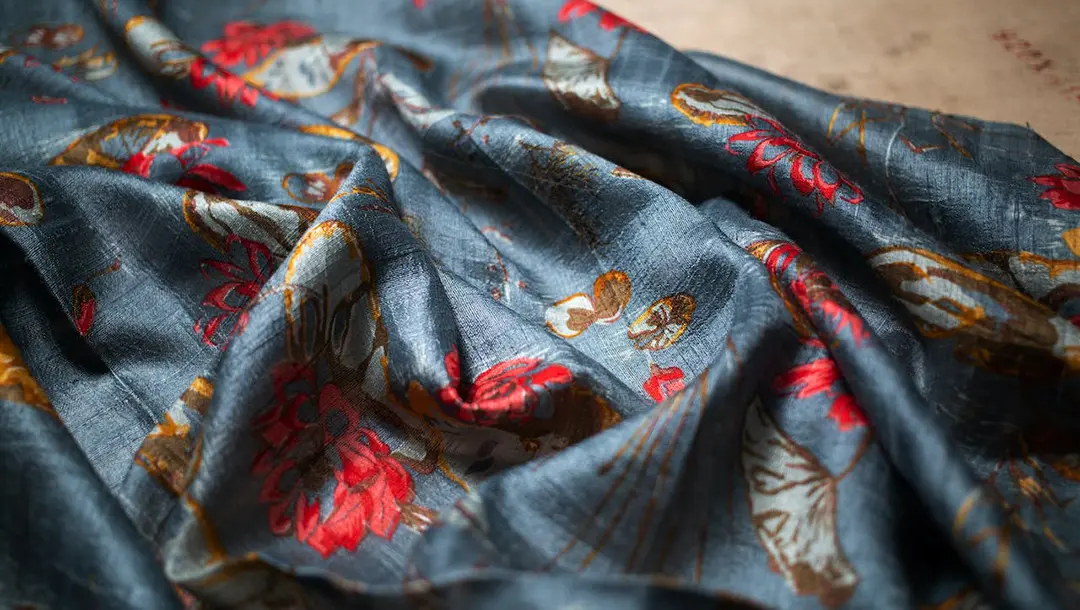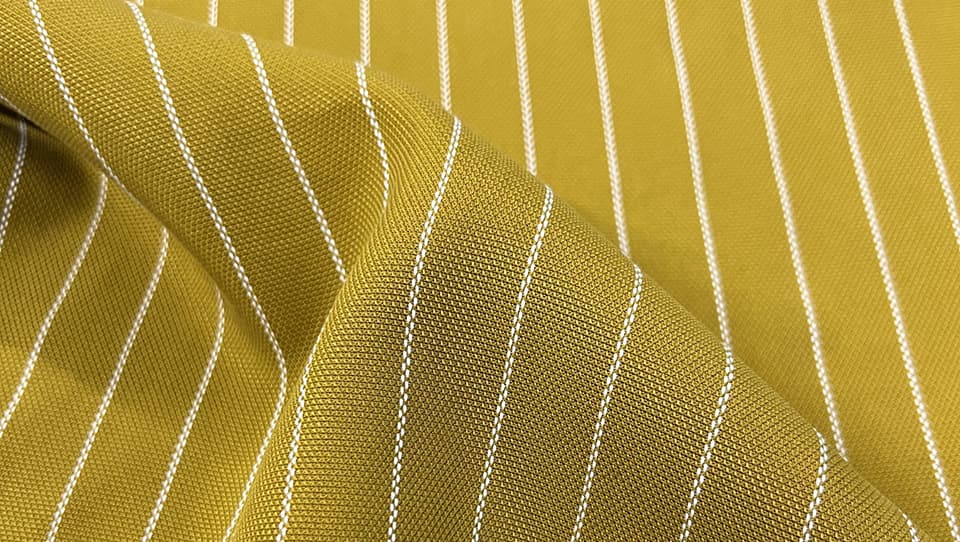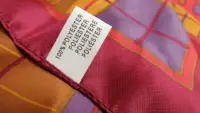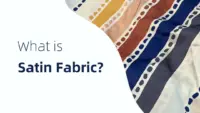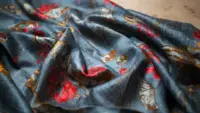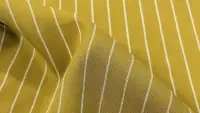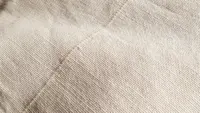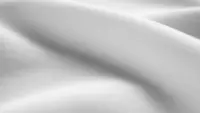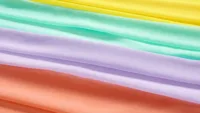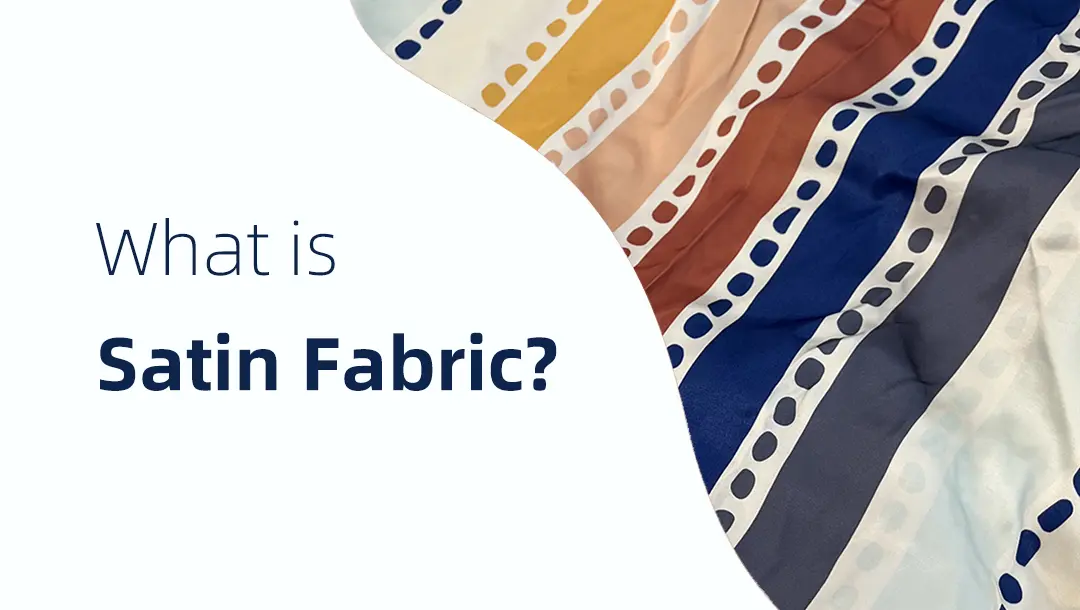
Satin fabric is a luxurious and versatile material renowned for its enchanting properties. With its smooth texture and radiant sheen, satin fabric exudes a sense of elegance and refinement, perfect for adding a touch of luxury to clothing, furniture, and other textile applications. Its unique weave pattern creates a distinctive diagonal ribbing effect, further enhancing its allure and uniqueness. Whether you are a fashion designer, interior decorator, or simply appreciate the finer things in life, understanding the enchanting properties of satin fabric is essential. In this article, we will explore the various aspects that make satin fabric such a captivating and versatile material.
| Fabric name | Satin fabric |
|---|---|
| Composition | Standard possible compositions for Satin Fabric
100% Wool / Wool Blended Satin: 100% Cotton / Cotton Blended Satin: Polyester / Polyester Blend Satin: |
| Possible Thread Count Variations | Threads per inch ( TPI ) Lightweight Satin ( 75-120 TPI ) Medium-weight Satin ( 120-190 TPI ) Heavyweight Satin ( 190+ TPI ) |
| Breathability | Breathability depends on the material. |
| Moisture-wicking ability | Choose silk satin for better breathability and moisture-wicking. |
| Heat Retention ability | Makes it a good choice for colder weather. However, in warmer temperatures |
| Stretchability | Naturally minimal: Traditional satin weaves lack inherent stretch. Blends incorporating elastane (spandex) offer significant stretch and recovery. |
| Prone to pilling/bubbling | Depends on the material and weave: Silk satins are less prone to pilling due to their smooth fibres and tight weave.
Friction matters: Areas experiencing high friction (underarms, seats) are more prone to pilling. |
| Where was Satin first produced? | Medieval China was the earliest producer of satin around the 5th century AD. |
| Largest producing country | China |
| Recommended washing temperatures | Satin’s beauty deserves careful care. Washing temperatures depend on the material:
Silk satin: Hand wash cold or dry clean for optimal results. |
| Common applications of Satin fabric | Clothing: From lingerie and evening gowns to shirts and dresses, satin adds a touch of luxury and elegance to any outfit. Bedding: Sheets and pillowcases crafted from satin offer a smooth, cool, and undeniably luxurious sleep experience. Accessories: Scarves, clutches, and headbands in satin add a touch of refinement and femininity to your look. Home Decor: Curtains, tablecloths, and throw pillows in satin elevate the ambience of any room, adding a touch of sophistication and glamour. |
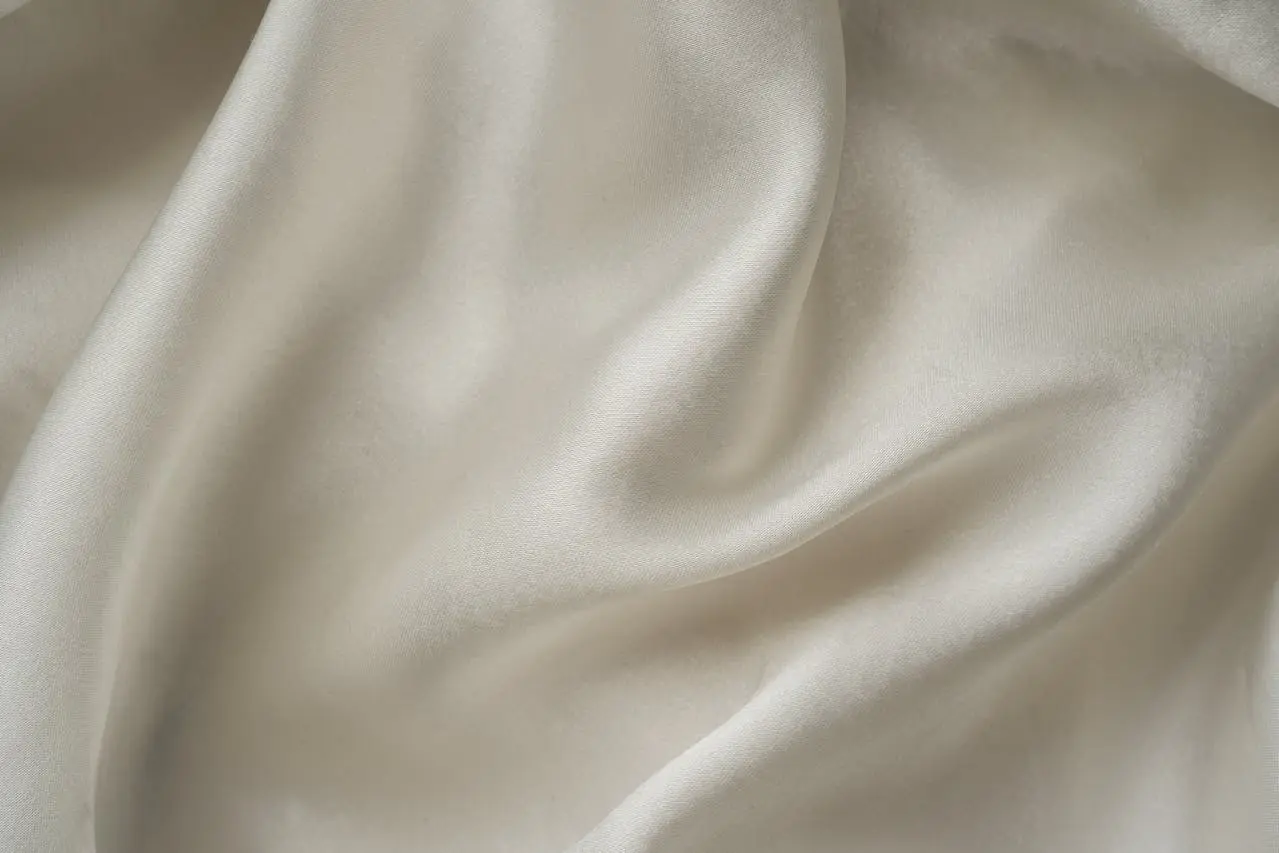
Introduction
Satin is a type of textile weave characterised by its glossy surface and smooth texture. Unlike other textile weaves that have an equal distribution of warp and weft threads, satin is unique in that most of its warp threads are on the surface, creating a lustrous sheen. This weaving technique gives satin its signature smoothness and shine, making it highly desirable for various applications in the fashion and home decor industries. Remember, a satin dress is more than just a piece of clothing; it’s an experience It’s about feeling elegant, confident, and beautiful.
Unveiling the Secrets of Satin Fabric
What is satin silk?
Satin is a type of silk fabric that has a glossy surface and a smooth texture. It is known for its sheen and rich appearance, making it a popular choice for clothing, interior decorations, and other purposes. The term “satin” comes from the Italian word “satino”, which means “imitation”.
The Difference between Silk and Satin
| Feature | Satin | Silk | Satin Silk |
|---|---|---|---|
| Type | Weave | Fibre | Fabric |
| Material | It can be made from any fibre | Made from natural silk fibres | Made from silk fibres woven with a satin weave |
| Appearance | Smooth, glossy surface | Can vary depending on the type of silk | Smooth, glossy surface with a luxurious drape |
| Feel | Can vary depending on the fibre used | Soft, smooth, and slightly slippery | Soft, smooth, and very luxurious |
| Price | Can vary depending on the fibre used | More expensive than most other fibres | Most expensive option |
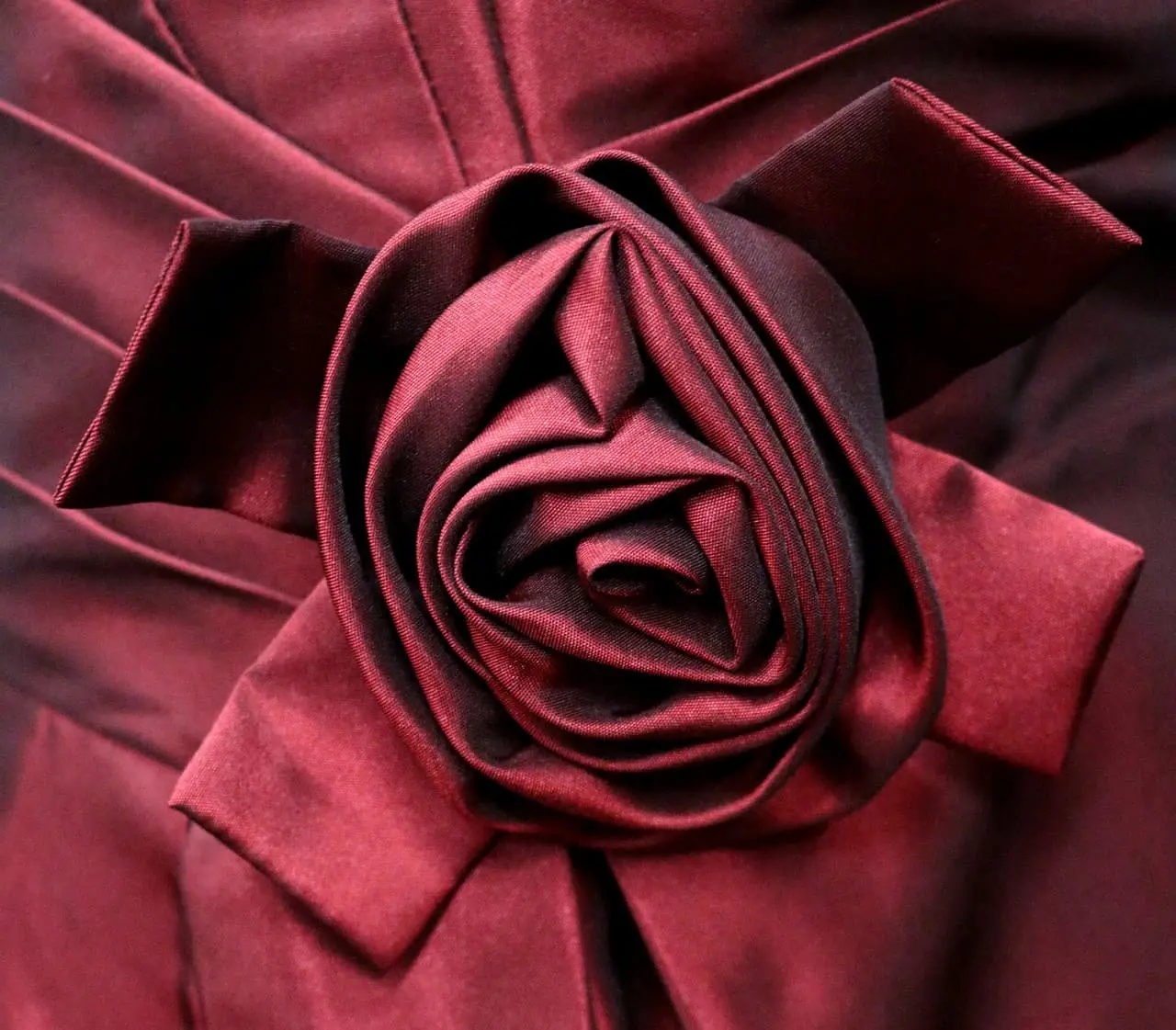
History of Satin Fabric?
The history of satin fabric can be traced back to the Han Dynasty, when it was used as a general term for silk fabrics. In the Tang Dynasty, satin became a major category of silk fabrics, along with luo, Jin, Ling, Sha, Yi, Jue, and Na. By the Song Dynasty, satin fabrics became increasingly popular, not only with five- and various variant-satin weaves, but also with eight-satin weaves being widely used. Notable varieties in this period included through-back satin, twisted gold satin, gold-colored satin, dark-flower satin, decorated-flower satin, and sparkling satin, among dozens of others. By the Ming Dynasty, satin had become the highest grade of cloth, and emperors and noble officials all loved to use satin for their clothing. Only one of the warp or weft threads was exposed on the fabric surface, giving it a bright and smooth appearance. The texture was soft, and the production technology required was highly sophisticated, making it the most precious fabric. In the Ming and Qing periods, satin fabric was widely used in official attire, gifts, and luxury items.
As trade routes expanded, satin made its way to Europe, where it gained popularity during the Middle Ages. It was highly sought after for its sumptuous feel and appearance. Satin became a symbol of luxury and was often used in the clothing of royalty and the aristocracy.
Over time, the production of satin evolved, and it began to be made from various fibres, including silk, cotton, and synthetic materials. Today, satin remains a symbol of elegance and refinement, with a rich history that spans cultures and centuries.
How to Identify Satin Fabric?
How to Identify Satin Fabric? Listed in Order
In summary, identifying satin fabric requires attention to appearance, texture, thickness, luster, and brand and quality labels. By comprehensively considering these characteristics, it can be more accurately identified as satin fabric.
What are the advantages of Satin?
Satin fabric offers several advantages that contribute to its popularity in various applications. Here are some of the key advantages of satin:
1.Luxurious Appearance: Satin is known for its glossy surface, which gives it an opulent and elegant look. Its sheen catches and reflects light, making it a symbol of luxury and sophistication.
2.Smooth Texture: The smooth and silky texture of satin feels incredibly soft against the skin. It provides comfort and a pleasant tactile experience, making it a popular choice for clothing and bedding.
3.Versatility: Satin is a versatile fabric that can be made from various fibres, including silk, polyester, cotton, and acetate. This versatility allows it to be used for a wide range of applications, from apparel and lingerie to home furnishings and accessories.
4.Drape: Satin has excellent draping qualities, meaning it flows gracefully and falls smoothly, making it ideal for garments that require fluidity and movement, such as evening gowns and dresses.
5.Breathability: Natural fibre satins, like silk and cotton satin, are breathable, which means they allow air to pass through, making them comfortable to wear in different seasons.
6.Colour Vibrancy: Satin accepts dyes exceptionally well, resulting in vibrant and long-lasting colours. This makes it an excellent choice for garments and textiles that require rich, vivid hues.
7.Temperature Regulation: Satin can wick moisture away from the body, helping to regulate body temperature and keep the wearer comfortable, whether it’s warm or cool outside.
8.Durability: Satin can be a durable fabric, especially when made from synthetic fibres like polyester. It can withstand wear and washing, making it suitable for everyday clothing and linings.
9.Resistance to Wrinkles: Satin fabric tends to resist wrinkles and creases, which means garments made from satin often require less iron satin or maintenance.
10.Hair and Skin Benefits: Sleeping on satin pillowcases can reduce friction on hair and skin, potentially minimizing hair breakage and preventing skin irritation.
11.Lining Material: Satin is often used as a lining material in various types of clothing, adding a luxurious feel to the inside of garments while protecting the outer fabric.
12.Easy to Sew: Satin is relatively easy to work with when sewing, making it a favourite among DIY enthusiasts and designers.
13.Brushed nickel satin: Yes, brushed nickel and satin nickel are essentially the same finish. Both have a subtly textured, matte appearance but differ in how they achieve it. Brushing creates a more directional grain, while satin uses chemical or mechanical processes for a smoother, satin-like effect. A satin finish is a soft, subtly textured surface that offers a subtle shimmer compared to plain metal, adding a touch of elegance and warmth.
While satin offers many advantages, it’s essential to choose the right type of satin for your specific needs, as different fibre types and weights can influence its characteristics.
Overall, satin’s unique combination of aesthetics, comfort, and versatility makes it a sought-after fabric in the fashion and textile industries.
What drawbacks does Satin have?
Satin fabric has several drawbacks that should be taken into account when selecting it for particular uses, despite its many benefits. The following are a few drawbacks of satin:
1.Slippery Texture: Satin’s smooth surface can be slippery, which may make it less suitable for some garments, particularly those that need to stay in place, like pyjamas or activewear.
2.Prone to Snags and Pulls: The delicate nature of satin, especially silk satin, makes it prone to snags, pulls, and snags from sharp objects or jewellery. Careful handling is necessary to avoid damage.
3.Wrinkles Easily: Despite its resistance to wrinkles compared to some other fabrics, satin can still wrinkle, and creases may be more noticeable due to its shiny surface. Ironing or steaming may be necessary to maintain a polished appearance.
4.Not Ideal for High-Friction Activities: Satin may not hold up well in high-friction activities or sports due to its vulnerability to abrasion. It’s better suited for low-impact or special occasions.
5.Not Naturally Insulating: While some satin blends can offer warmth, satin made from silk or lightweight synthetic fibres may not provide sufficient insulation in cold weather, so additional layers may be necessary.
6.Price: High-quality silk satin can be quite expensive, making it less accessible for those on a budget. Polyester satin is a more affordable alternative but may lack the same luxurious feel.
7.Care Requirements: Satin often requires special care when cleaning. Hand-washing or gentle machine-washing with mild detergents and air-drying is recommended. Dry cleaning may be necessary for some satin garments, adding to maintenance costs.
8.Static Electricity: Satin can generate static electricity, leading to clinginess or discomfort, especially in dry conditions. Antistatic sprays or treatments may be needed to mitigate this issue.
9.Transparency: Lighter-weight satin fabrics can be somewhat transparent, which may require additional lining in clothing or careful consideration when choosing undergarments.
10.Limited Stretch: Satin typically has limited stretch compared to some other fabrics like knits. This may affect the comfort and fit of tight or form-fitting garments.
11.Fading: While satin can hold dye well, some dye satin may fade over time, particularly with exposure to sunlight or frequent washing.
Despite these disadvantages, satin remains a highly desirable fabric in various applications due to its luxurious appearance and feel. Choosing the right type of satin for the intended use and understanding its limitations can help mitigate some of these drawbacks.
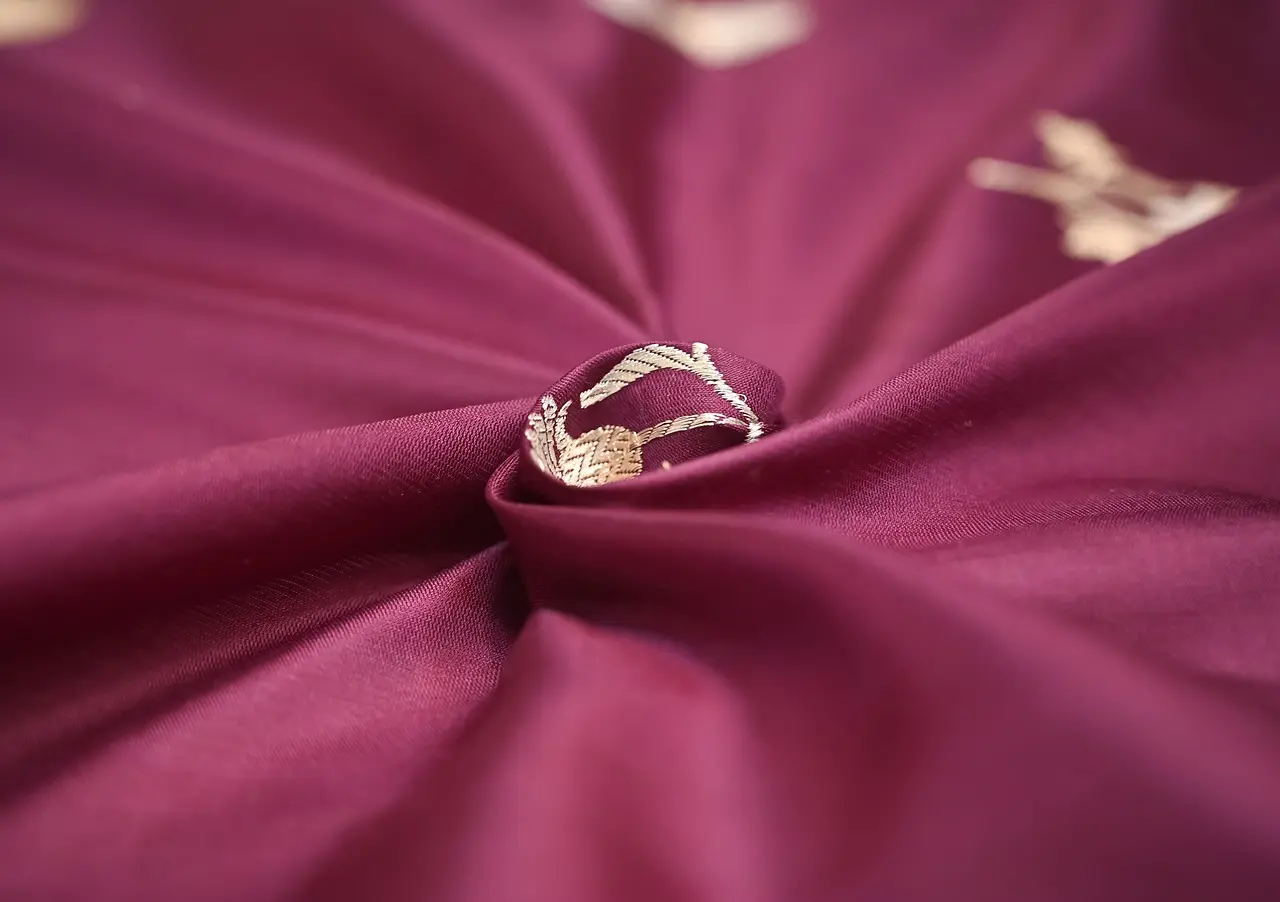
Conclusion:
In conclusion, satin fabric is a classic and versatile textile with a rich history that spans across centuries and cultures. Its shiny surface, smooth texture, and luxurious feel have made it a symbol of elegance and refinement. Whether it is used for opulent evening gowns, everyday lingerie, or home furnishings, satin remains a popular choice for various applications.
Vaaritex, With a commitment to craftsmanship and attention to detail, Vaaritex ensures that its satin creations meet the highest standards of excellence. So, whether you’re in search of an exquisite satin gown fabrics or luxurious home textiles, you can trust Vaaritex to deliver sophistication and style.
The enduring appeal of satin fabric ensures that it will remain a beloved choice for fashion and interior design for years to come. Its timeless beauty and versatility make it a fabric that is not just trend-driven, but one that continues to captivate those who appreciate the finer things in life.

